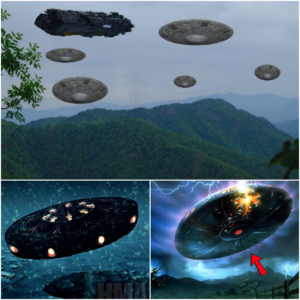
Turaco
Touraco is found across evergreen forests to savannas in Africa. There are about 18 species of these lovely birds. Their color can vary from red, green, blue, yellow, purple and brown.

Turacos are also popular pet birds. In captivity they can live more than thirty years old. Turacos like to eat bananas, grapes and papaya. A Turaco raised by humans is quite friendly and can also be hand-fed.

Turacos are arboreal birds endemic to sub-Saharan Africa, where they live in forests and savannas. They live in flocks that do not migrate but move in family groups of up to 10 individuals. Many species are quite noisy, frequently calling out to alert the presence of other animals or of predators. They build large nests in trees, and lay 2 or 3 eggs.

Turacos are medium sized birds. They range in length from 40 to 75 cm. They have poor flying ability, but are excellent climbers, moving quickly on tree branches and through vegetation. Juveniles have claws on their wings that help them climb.
They have a unique foot arrangement in which the fourth toe can be carried to the back of the foot, almost touching the first toe, or rotated forward near the second and third toes. Despite this flexibility, the toe is actually usually held at right angles to the axis of the foot.
Turacos are brightly colored birds, usually blue, green or purple. The green color in turacos comes from turacoverdin , the only truly green pigment in birds known to date. The green color in the feathers of other birds comes from incomplete reflection of light, when light from yellow pigment passes through blue cells or vice versa. Turaco wings contain the red pigment turacin, unlike in other birds where the red color is due to carotenoids. Both pigments are derived from porphyrins and are only known from Musophagidae at present.
Explanation : Although green is everywhere, the color of trees, grass, flowers… but in nature the green pigment comes from chlorophyll, and this substance is absolutely not found in any animals. . Turacoverdin is a unique copper uroporphyrin pigment responsible for the bright green color of some birds of the Musophagidae family, most notably the turaco. It is chemically related to turacin, a red pigment also found almost exclusively in turacos.





